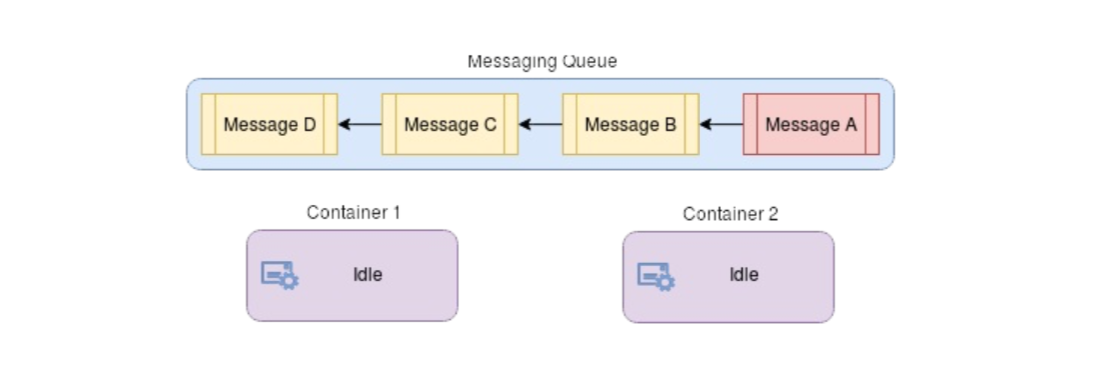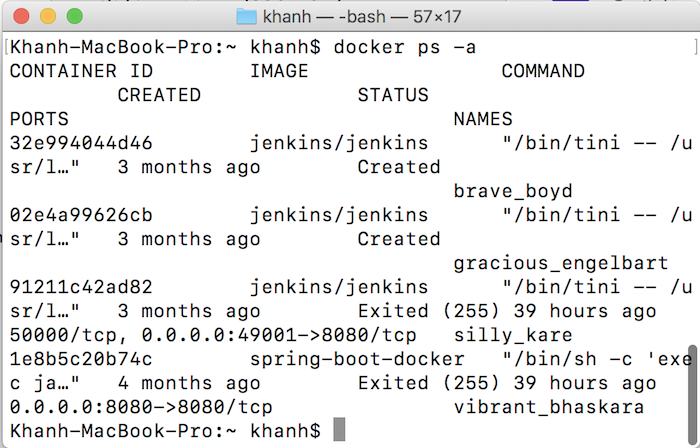

- #DOCKER REMOVE CONTAINER AFTER IT SHUTS DOWN HOW TO#
- #DOCKER REMOVE CONTAINER AFTER IT SHUTS DOWN CODE#
- #DOCKER REMOVE CONTAINER AFTER IT SHUTS DOWN FREE#
This helps us to minimize crashes in the live server. If you’d like to know how to manage your Docker resources efficiently for your business purpose, we’d be happy to talk to you. are routinely done to avoid crashes.īefore deploying Docker containers for live hosting or development environment setup, we perform stress test by simulating the estimated peak traffic.
#DOCKER REMOVE CONTAINER AFTER IT SHUTS DOWN CODE#
Today we saw how to fix error 137 in Docker using a systematic debugging method. But there may be scenarios where the error code may not be displayed, especially when the container is launched from some shell script.Īt Bobcares, examining Docker logs, optimizing applications, limiting resource usage for containers, monitoring the traffic, etc. Add more RAM to the host machineĪfter optimizing the services and setting memory limits, if the containers are running at their maximum memory limits, then we should add more RAM.Īdding more RAM and ensuring enough swap memory in the host machine would help the containers to utilize that memory whenever there is a memory crunch. is very vital in Docker system management.ĭepending on the traffic and resource usage of processes, memory limits for the containers can be changed to suit their business purpose better. Monitoring the container’s memory usage to detect abusive users, resource-depleted processes, traffic spikes, etc. Any configuration changes for MySQL service can be done without affecting that image. This will allow to edit them easily without recompiling the Docker image.įor instance, in MySQL docker image, “/etc/mysql/conf.d” can be mounted as a volume. It is always advisable to mount the config files of services from outside the Docker container. This can be done by editing the configuration file or recompiling the service. So, the first step is to monitor the application running in the container and to optimize the service. Unoptimized applications could take up more than optimal memory. For instance, an improperly configured MySQL service can quickly consume the entire host memory. So the first option is to identify the cause of this memory usage.Īfter identifying the cause, the following corrective actions can be done in the Docker system to avoid further such OOM crashes. Note that this does not remove the volumes you defined in docker-compose.yaml. So, the same thing can be achieved with these commands: podman pod stop podname podman pod rm podname.

This essentially stops and removes all the containers and then the containing pod. Improperly configured services, abusive processes or peak traffic can lead to memory shortage. You can also do that by stopping and removing the pod. But, the first resort should not be to increase the RAM in the host machine. When a Docker container exits with OOM error, it shows that there is a lack of memory.
#DOCKER REMOVE CONTAINER AFTER IT SHUTS DOWN FREE#
Many often, when usage and traffic increases, the available free memory may be insufficient for all the containers. As a result, containers may crash.

The memory limit that can be allotted to the Docker containers is limited by the total available memory in the host machine which hosts them.


 0 kommentar(er)
0 kommentar(er)
